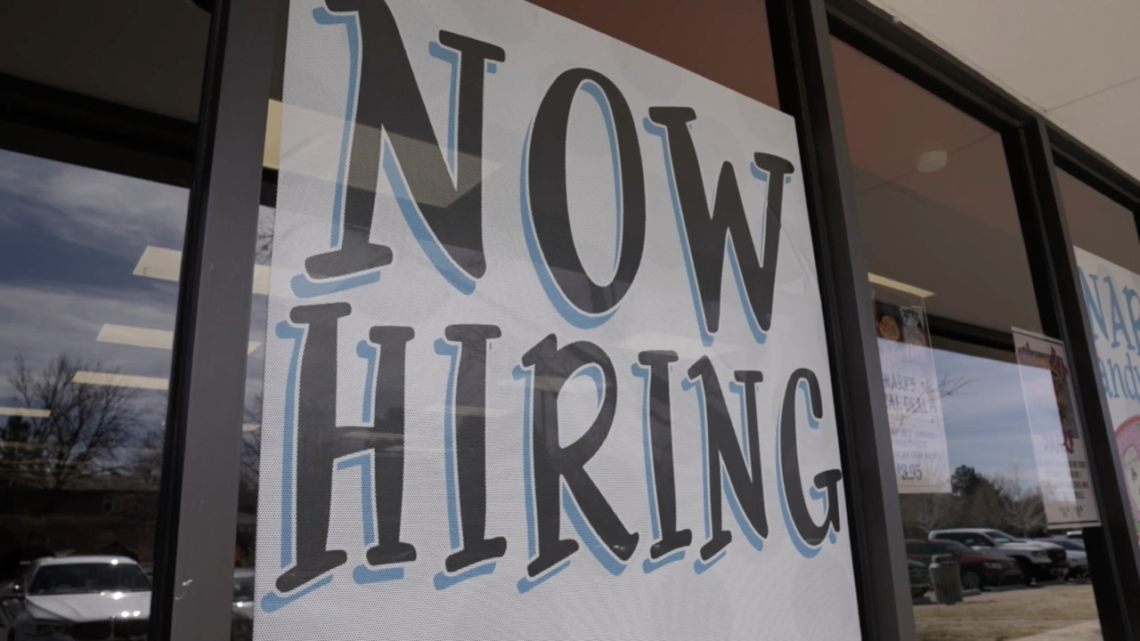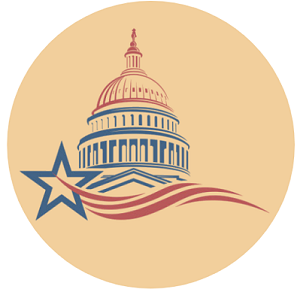
North Dakota businesses feeling supply shortage and labor shortages
May 12, 2022Businesses across the country, particularly those in North Dakota, are the recipients of some of the pandemic’s worst gifts, including continuing supply shortages and increased supply prices.
March’s producer-price index, a measure of supply conditions in the economy, increased 1.4%. Strong consumer demand is butting heads with the continuing supply chain crisis, driving prices ever higher.
“Supply chain shortages are significantly impacting the energy and agriculture sectors in North Dakota,” Bette Grande, co-founder and CEO of Roughrider Policy Center, told The Center Square. “Machinery, parts, pipes and other equipment and material needed for these sectors are delayed or unavailable. Those that are available have significantly higher costs that will be passed to the consumer.”
Alison Ritter, National Federation of Independent Business North Dakota state director, told The Center Square that most small business owners, 77%, reported inventory, supplies, and material as a substantial contributor to higher costs. Another 77% of small business owners said rising gas prices force them to increase their costs.
Grande said higher energy costs, particularly diesel and fertilizer, will drive up the cost of transporting wheat, soybeans and other commodities.
“Increasing costs and supply chain issues will impact producers and will ultimately be passed to the consumer,” Grande said. “Labor issues are also impacting businesses in North Dakota and that will both restrict the output of goods and increase the costs of everything being produced.”
Ritter said with rising costs, small businesses have had to pass their costs onto their customers.
“Inflation is a major issue right now that everyone in North Dakota is impacted by and feels in their pocket book. However, when small business owners pay more because of supply chain problems and inflation, that increase has to be made up elsewhere – or you may soon see more mom-and-pop shops in your neighborhood close their doors,” Ritter said.
Though the cost of living in North Dakota is low, this is not a welcome trend.
“Producers and suppliers do not have a bucket of money to absorb the increased costs,” Grande said. “They will have to be passed to the consumer, and we are already seeing that.”
This article was originally posted on North Dakota businesses feeling supply shortage and labor shortages


